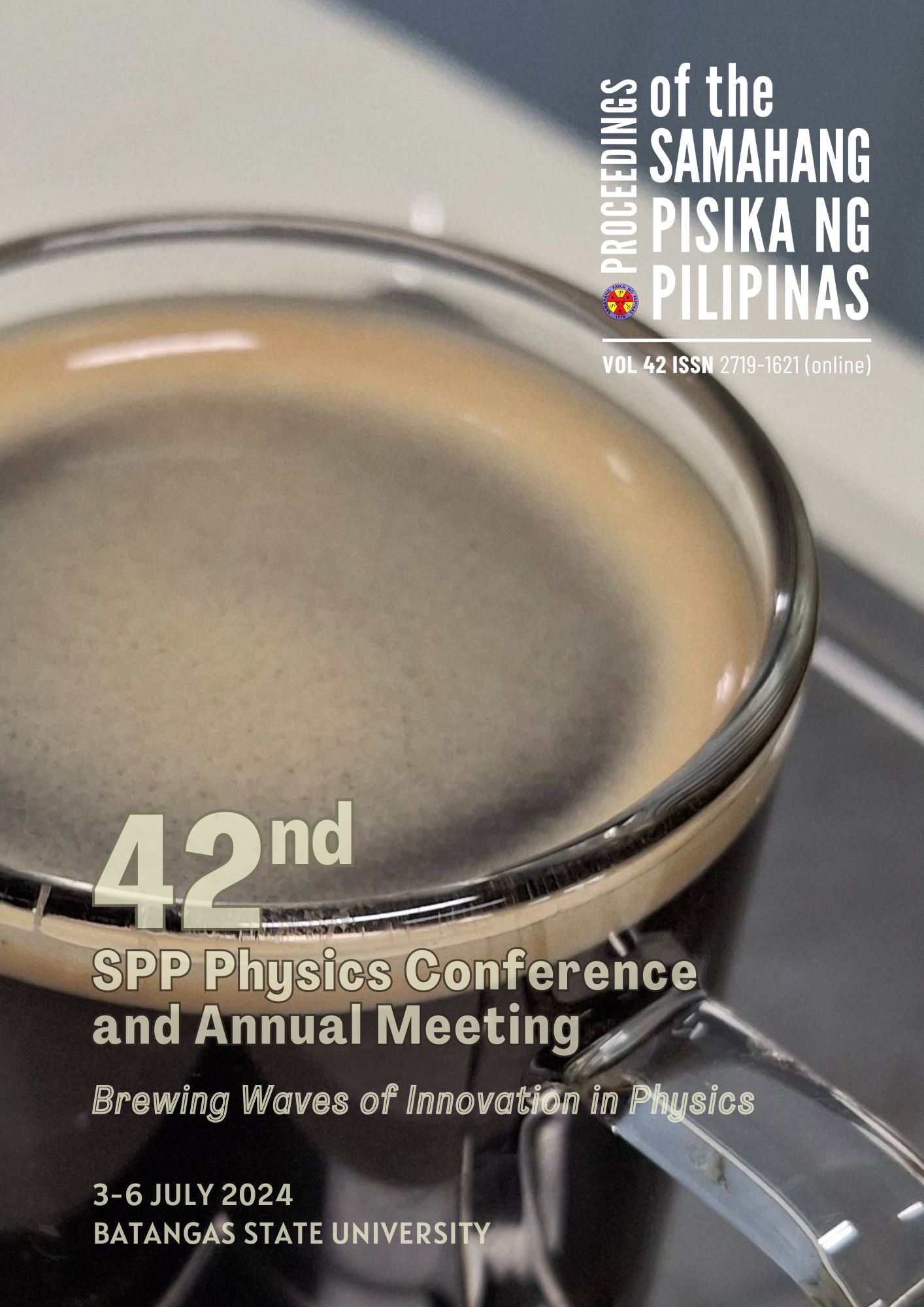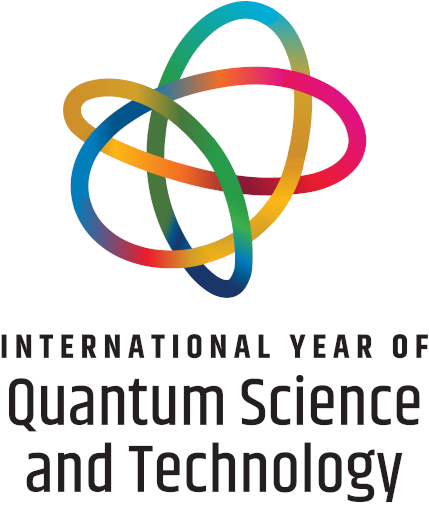Genetic diversity in semelparous and iteroparous Penna model with population reduction for T < R
Abstract
We use the 32-bit string Penna Model of biological aging as a framework for investigating the influence of varying population reduction intensity on the population size and in the conservation of the genetic diversity of both semelparous and iteroparous reproducing species in a population. We limit the implementation to cases where there is a delay in reproduction and the population's tolerance to deleterious mutations are lowered (T < R). The genetic diversity of both semelparous and iteroparous cases after reaching a peak decreases towards a nonzero value. However, the decrease for iteroparous is much slower. The presence of selection ensures a T–1 limit of active bad genes on bits on or before R, resulting to a nonzero diversity even for large times t.
Downloads
Issue
Brewing waves of innovation and discovery in Physics
3-6 July 2024, Batangas State University, Pablo Borbon Campus
Please visit the SPP2024 activity webpage for more information on this year's Physics Congress.
SPP2024 Conference Organizers
SPP2024 Editorial Board
SPP2024 Partners and Sponsors











